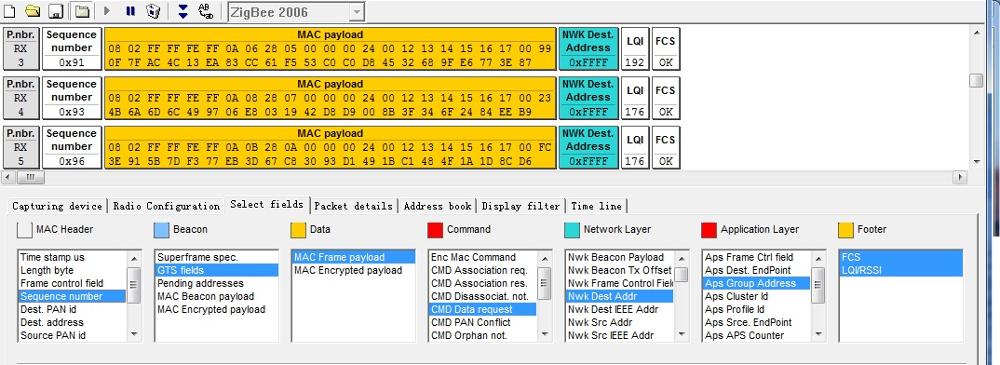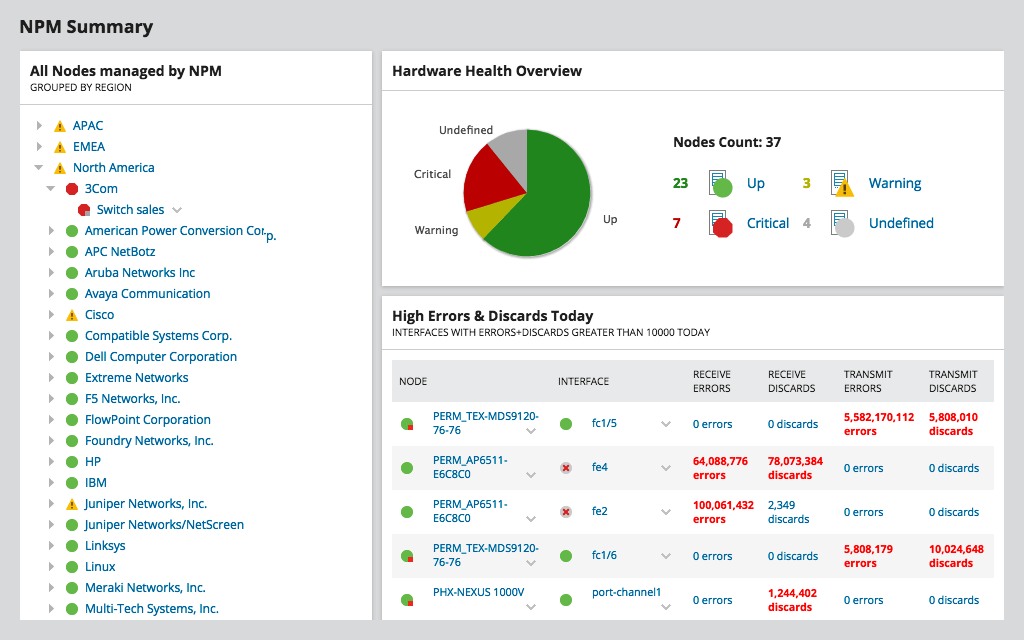

So the first thing was to see if my endpoints were actually being reported as I thought, and what the exchanges actually look like on-air. It would mean digging into the Zigbee stack, customizing some code…īut I’m as lazy as I can be, uhm I mean efficient. In fact, I had a network controller running on another prototype board, based on the nRF network coordinator sample so I could at least run both devices and setup some monitoring on each end.

Backing up a bit was in order, so I could at least get a view of the big picture.Īn obvious option is to control both ends of the equation. How could I know if the hub was misbehaving, in all likelihood my code was in need of enhancements… Too many variables. Ok, so maybe starting with a commercial hub and app wasn’t the best way to get going. Some endpoint/cluster combinations just produced a “Thing” with no controls whatsoever. Sometimes it would bind and appear as a thermostat-I have a temperature sensor in there, but no clusters related to thermostats at all.

I could get it paired as a light, or a switch or an outlet… but only a single endpoint would ever show up in the app. After a few hours of mucking about, the smartthings hub just wasn’t cooperating. I started out naively thinking that if I implemented things nice and standards-compliant, associating with a hub would be pretty simple. I’ve got my prototype built and running, based on an nRF5340 and the Zboss stack, and also have a few commercial hubs to play with. Trying to implement a Zigbee device involves a few challenges, but things get a whole lot easier when you aren’t operating blind.


 0 kommentar(er)
0 kommentar(er)
